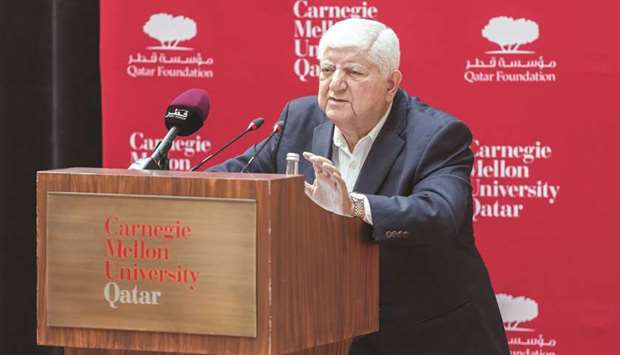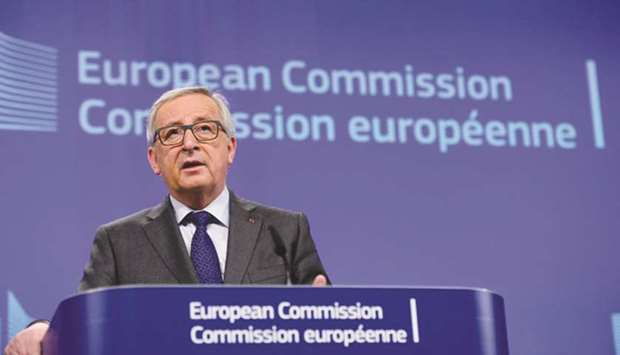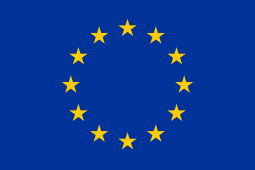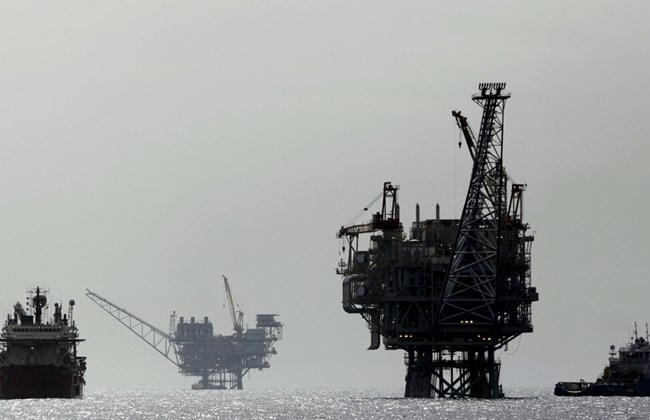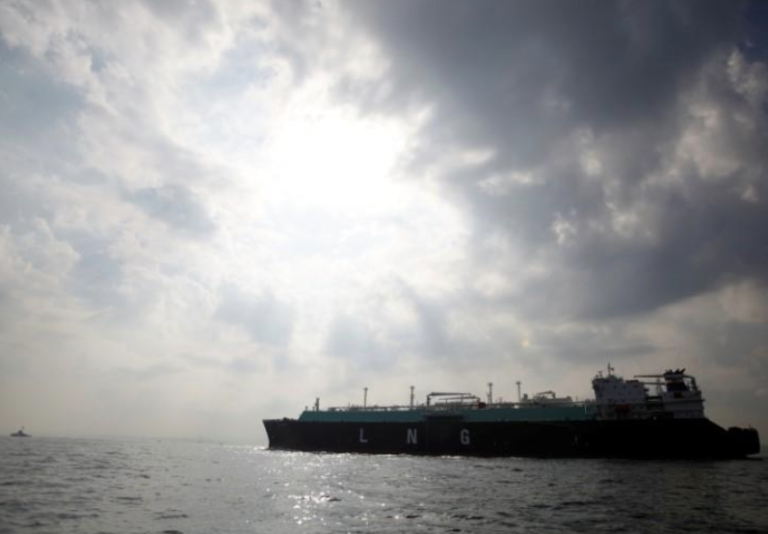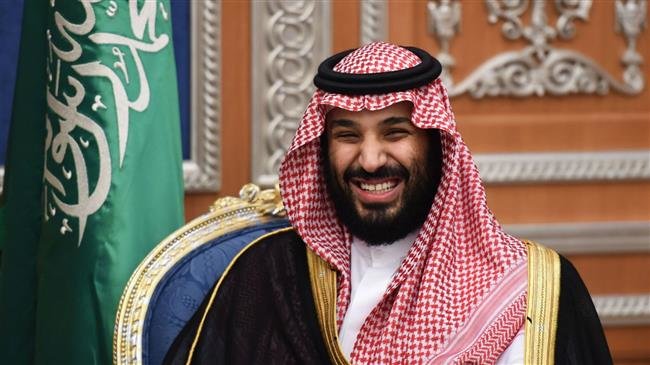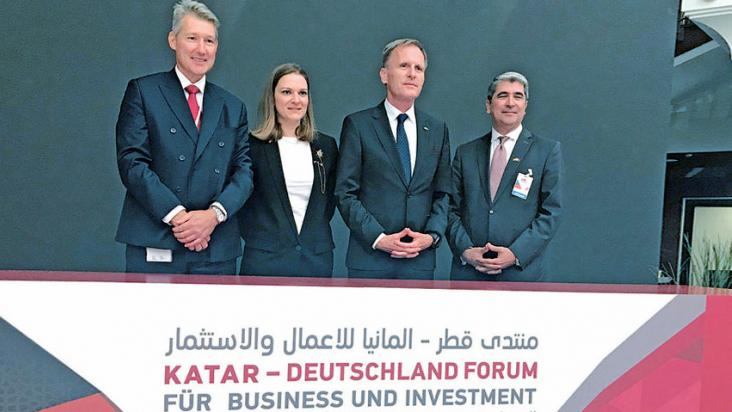STOCKHOLM: Two Americans won the Nobel Prize in economics Monday, one for studying the economics of climate change and the other for showing how to help foster the innovation needed to solve such a problem. William Nordhaus of Yale University and Paul Romer of New York University will share the 9 million-kronor ($1.01 million) award, the Royal Swedish Academy of Sciences said.Nordhaus has called for the world to combat climate change by imposing a universal tax on carbon.
Carbon dioxide, which is emitted when fossil fuels are burned, is a heat-trapping “greenhouse gas” blamed for global warming, and a tax would make polluters pay for the costs imposed on society.
By using a tax rather than government edicts to slash emissions, the policy encourages companies to find innovative ways to reduce pollution.
Romer has studied the way innovation drives prosperity and has looked at ways to encourage it.
He told a news conference Monday his research had given him hope that people can solve even a problem as difficult as a warming planet.
“Many people think that dealing with protecting the environment will be so costly and so hard that they just want to ignore the problem. They want to deny it exists,” Romer said.
“I hope the prize today could help everyone see humans are capable of amazing accomplishments when we set about trying to do something.”
While the two academics worked separately, their research dovetails on an issue that has become pressing. The question of climate change remains politically sensitive, especially in big oil-producing countries like the United States, which U.S. President Donald Trump has pulled out of the Paris accord on fighting climate change.
“It’s an ingenious pairing,” said David Warsh, author of the 2007 book “Knowledge and the Wealth of Nations” about the award.
“Nordhaus has been concerned all along with repairing the damage” to the global environment.
“Romer has been writing about the means at your disposal” to attack such a technological challenge.
Per Stromberg, head of the Nobel economics prize committee, said the award is “about the long-run future of the world economy.”
The prize comes just a day after an international panel of scientists warned that preventing an extra single degree of global warming could make a life-or-death difference in the next few decades for multitudes of people and ecosystems.
The wide-ranging report from the Intergovernmental Panel on Climate Change which has itself won a Nobel prize cited Nordhaus in its research. It detailed how Earth’s weather, health and ecosystems would be in better shape if world leaders limited human-caused warming to just a half degree Celsius from now, instead of the globally agreed-upon goal of 1 degree Celsius.
Nordhaus has argued that climate change should be considered a “global public good,” like public health and international trade, and regulated accordingly, but not through a command-and-control approach. Instead, by agreeing on a global price for burning carbon that reflects its whole cost, this primary cause of rising temperatures could be traded and taxed, putting market forces to work on the problem.
Many economists have since endorsed the concept of taxing carbon and using this financial lever to influence societal behavior.
But adopting the regulatory frameworks on a global scale has been a challenge, and the world’s political leaders are failing to meet it, the head of the United Nations said last month. While many developed economies have adopted a carbon tax, the United States has not.
U.N. Secretary-General Antonio Guterres bluntly told leaders in New York last month that unless current emission trends for greenhouse gases are reversed by 2020, it will be impossible to reach the goals of the Paris climate accords.
The U.N. chief challenged governments to end fossil fuel subsidies, help shift toward renewable energy and back a price for carbon emissions that reflects their actual cost.
He cited, for example, that climate-related disasters cost the world $320 billion last year, a figure likely to grow with increased warming.
Romer’s work suggests that to achieve the innovation needed to meet the climate change goals, regulation is needed. His research found that unregulated economies will produce technological change, but insufficiently provide research and development; this can be addressed by government interventions such and R&D subsidies.
The economics prize is the last of the Nobels to be announced this year. Last year’s prize went to American Richard Thaler for studying how human irrationality affects economic theory.

